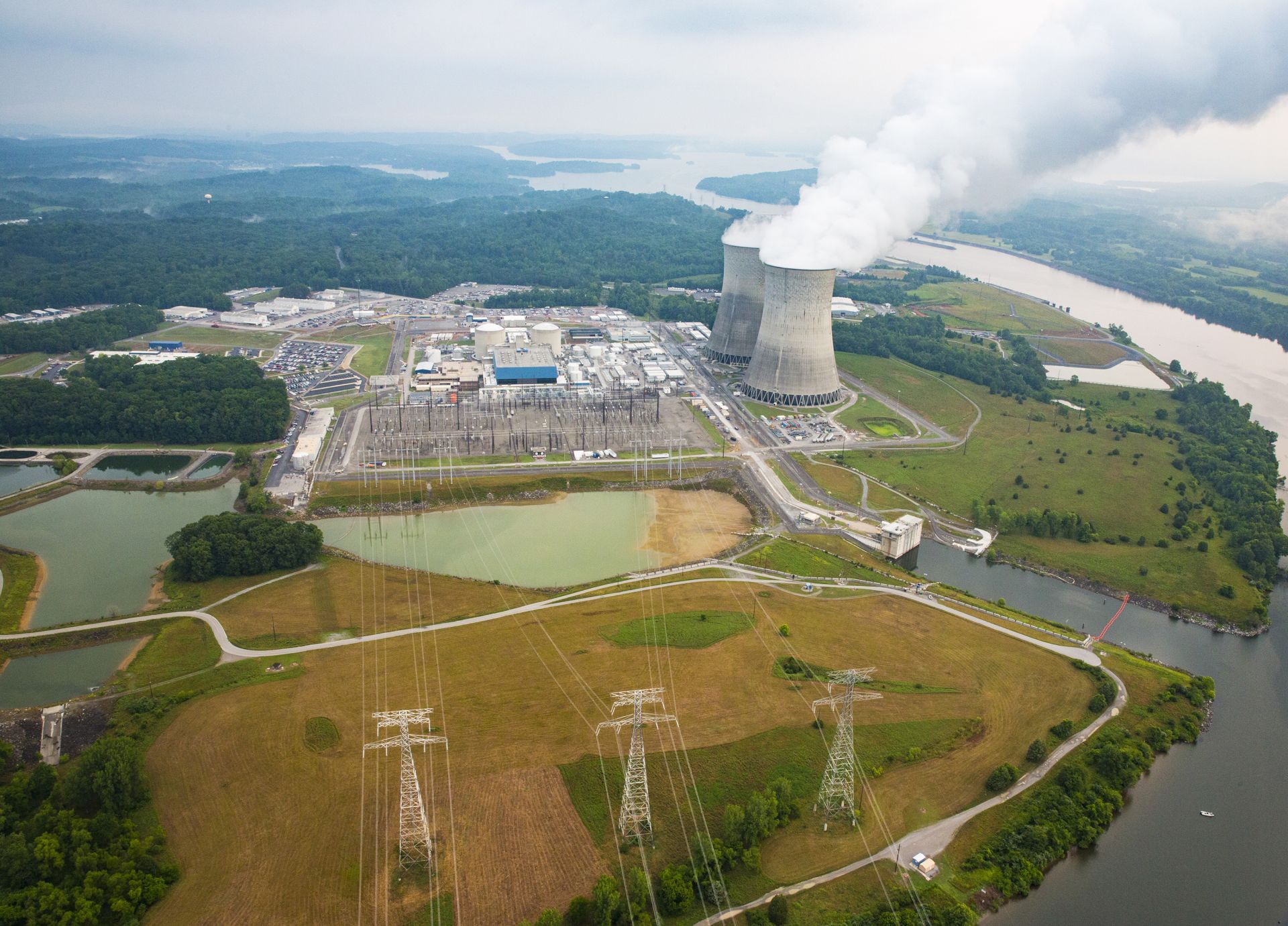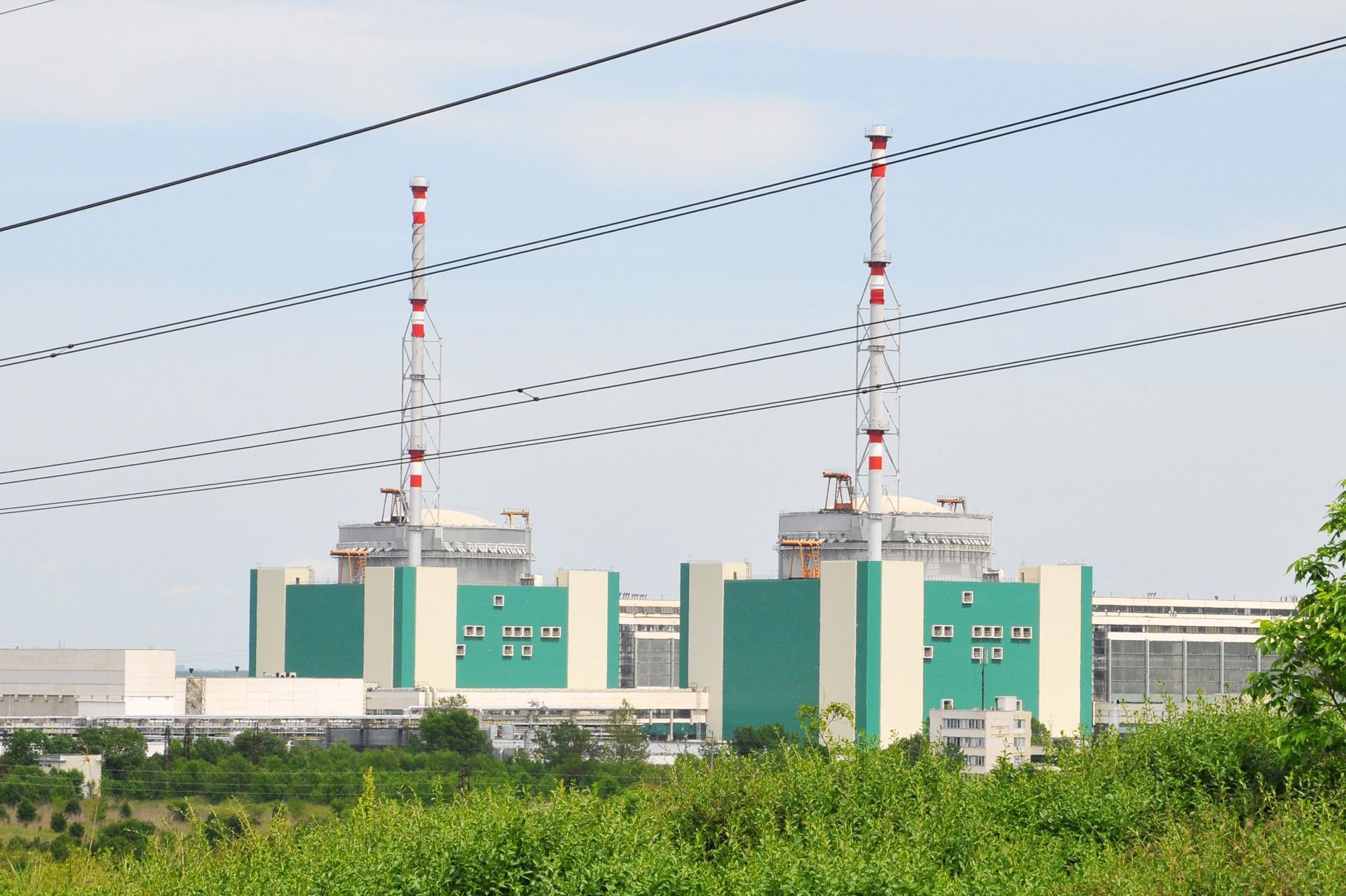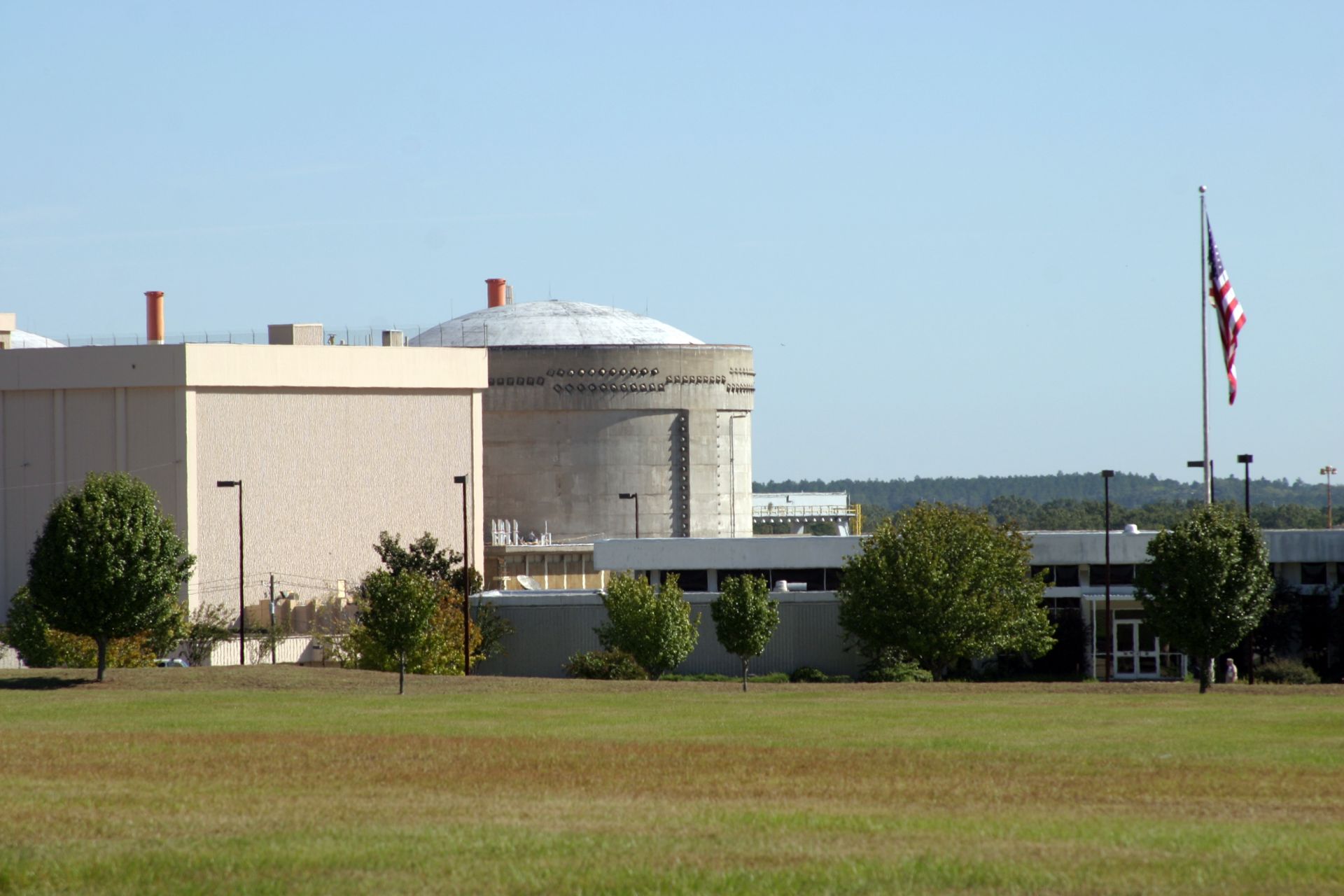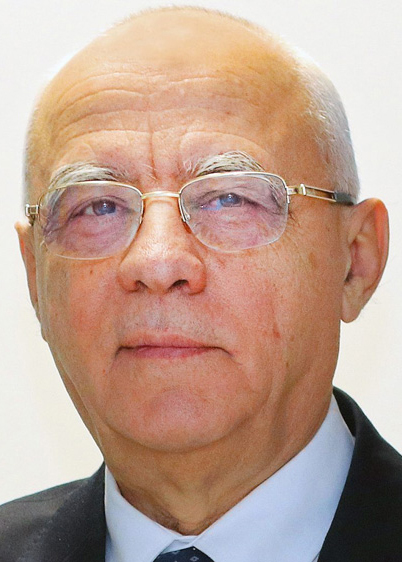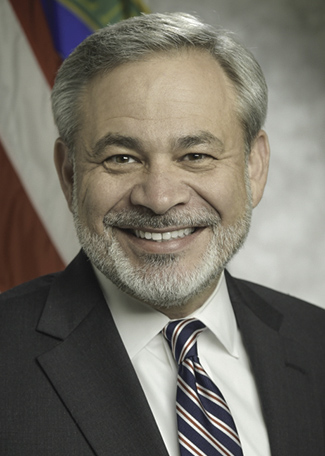BBC: U.K. government may be close to greenlighting Sizewell C
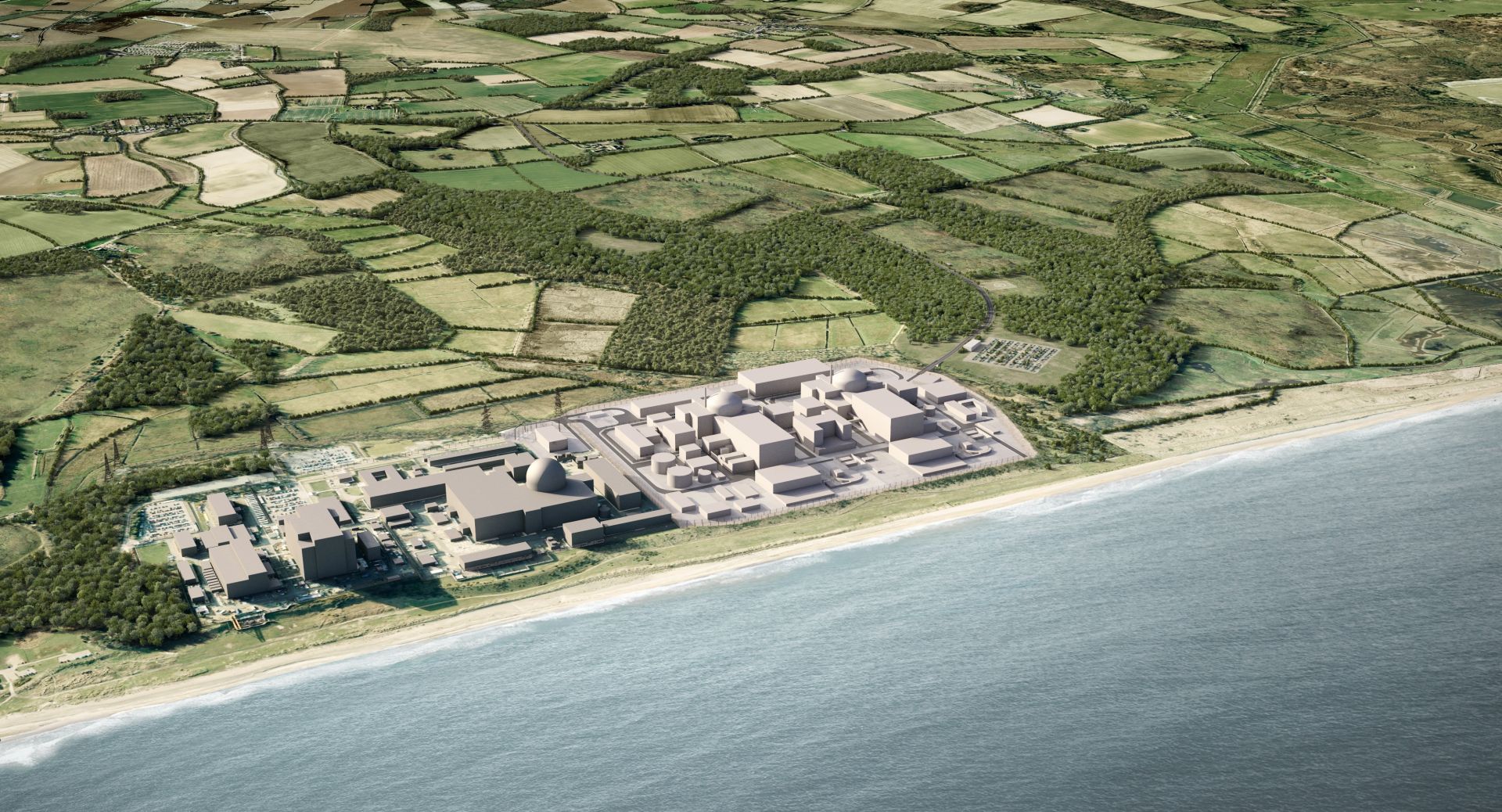
Artist’s rendering of the Sizewell site, with Sizewell C at right. Image: EDF Energy
A BBC News story from late last week states that the U.K. government “is close to giving the green light” to EDF Energy’s proposed Sizewell C nuclear new build project in Suffolk, adding that details surrounding the project’s financing “are still being hammered out.”
The Sizewell C station, consisting of twin European pressurized reactors (EPRs), would be built next to Sizewell B, a 1,198-MWe pressurized water reactor that began operation in 1995. (The Sizewell site also houses Sizewell A, a 290-MWe Magnox gas-cooled reactor, but that unit was permanently shuttered in 2006.) Sizewell C would be a near copy of the two-unit Hinkley Point C station, currently under construction in Somerset.





